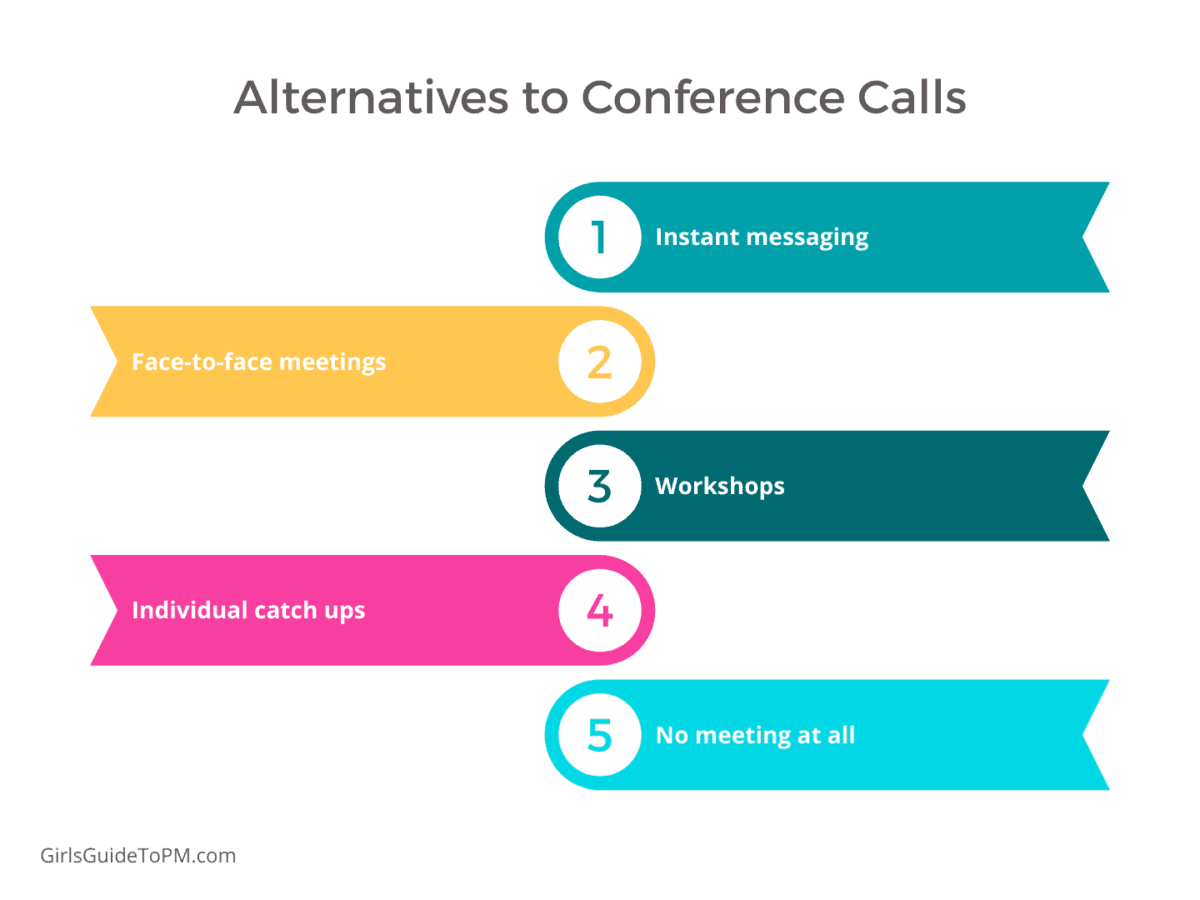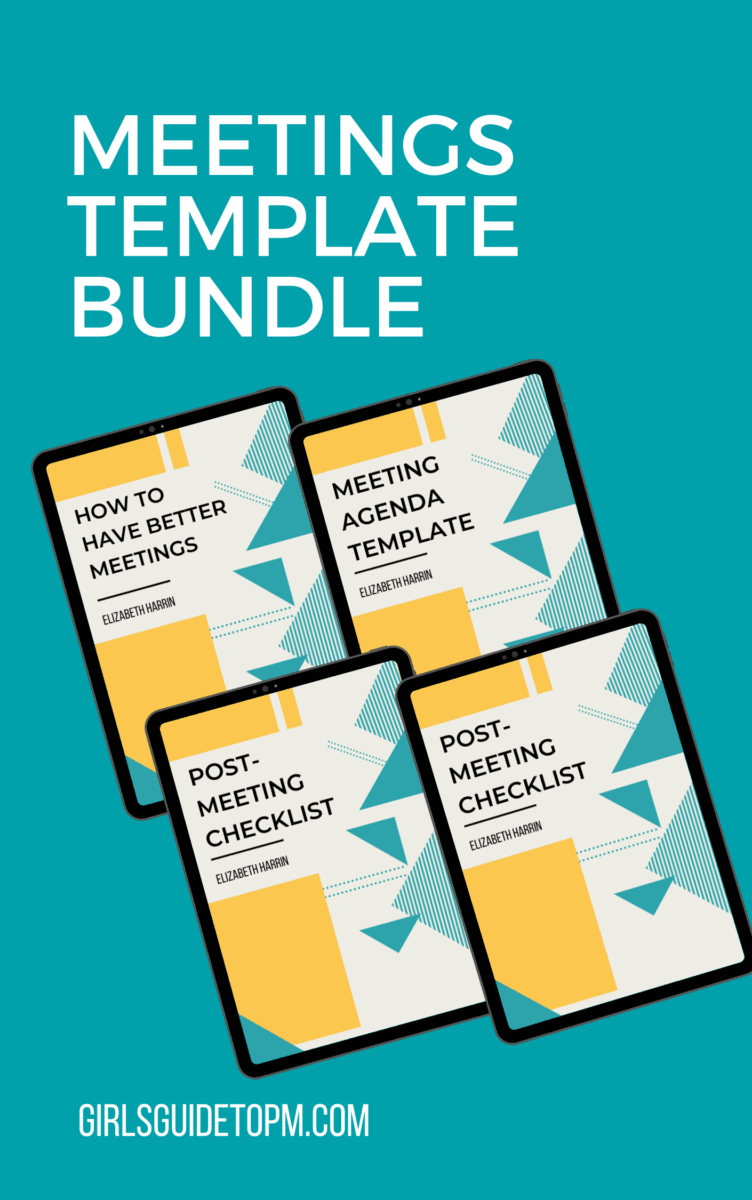5 Things Better Than Conference Calls
This blog is reader-supported. When you purchase something through an affiliate link on this site, I may earn some coffee money. Thanks! Learn more.
I spend a lot of time on conference calls, especially now I am lucky enough to work from home. If I’m completely honest, I know how to use my mute button without even looking at the phone. It’s useful for blowing my nose and slurping tea but also for making sure other people can’t hear me typing.
Yes, I am prepared to confess this in a public arena: I do other things while on a call. I check incoming mail. I file things. I flick through folders looking for stuff someone has sent me that might be useful for the call if only I’d been organized enough to look it out an hour ago.
And I know that isn’t good conference call practice.
Being a good conference call attendee means listening to all the debates, chipping in as required, paying attention and being respectful of those speaking.
I like to think that I am respectful, in an efficient way. Sometimes conference calls really do contain large chunks of discussion that I only have to listen to at 80% capacity and I still know what’s going on, like recaps on tasks I know all the details of, for example.
I’ve been looking for alternatives, because while I believe conference calls are here to stay and they are certainly a very useful tool, there have to be other options.
And there are.
Here are 5 alternatives to conference calls, at least some of the time.
1. Instant messaging
I was a late comer to instant messaging, but now a convert. It is a helpful way to see if someone is online and therefore able to take a quick question.
People in my meetings use it to get a quick response to something if they don’t know the answer. It helps move the discussion on.
I can illustrate this with a case study from my book, Social Media for Project Managers.
Instant Messaging in Action
Cornelius Fichtner,
“We had to integrate our system with a number of vendor systems,” he says. “We were implementing the latest version of our own software which turned out to have a few ‘issues’. The customer, some of the vendors and our team were all situated in this room working away on various aspects of the implementation. We had development, system analysis and project management activities going on at the same time.”
Cornelius’ team was using an instant messaging tool to communicate. “The two developers on my team, myself and the core system development team back in Switzerland were constantly exchanging information about the latest status of our software,” he explains.
With most of the team in the same room it would have been equally as easy to speak to each other – but with the client and other vendors in the same room, instant messaging provided a private way to communicate.
“Discussing the problems in the open would have alerted the customer and the other vendors to the fact that we were having issues with our core system,” says Cornelius.
“We instantly began chatting about the exact nature of the problems. We determined what needed to be done to put in place instant fixes so that the website code would work and how much time a complete re-write of the website code would take – which we estimated would be all night long.”
Using instant messaging meant that these discussions were held away from the client: it was not necessary to create a reason to have a development-team-only meeting or to worry the client with issues that would be easily resolved.
“The chat allowed us to speak to each other in these closed quarters without alerting everyone at the table to the problems,” says Cornelius. “That way we could devise a strategy to fix it. The two developers worked all night in the hotel room to rewrite the code for the customer’s website.”
The incident also served to bring the project team closer together: looking back it was a comedy moment in the project lifecycle, although it probably didn’t feel like that at the time.
“For me, the humor was more in the sound effects,” Cornelius says. “First you heard the ‘normal’ keyboard tapping that you hear during code development. Then the chat message ‘The code isn’t working’ came in, after which the intensity, loudness and tempo of our keystrokes went up by at least 300%.”
Popular instant messaging tools
- Skype
- Slack (read more about Slack for project management)

2. Face-to-face meetings
First, I should say that face-to-face meetings aren’t necessarily faster or more efficient than conference calls. If anything, they generally take longer, especially if you include the chit chat as everyone gets a cup of coffee.
Face-to-face meetings do have an advantage over conference calling: you can see the individuals. I know you can do video calls, but standing next to someone lets you really see how they feel without the filter of a webcam.
You can make them less painful by learning great strategies to chair a meeting and by streamlining the process with templates — all of which is available in my Meetings Template Kit.

3. Workshops
What’s the difference between a workshop and an ‘ordinary’ meeting?
For me, a workshop is structured for interaction. There are exercises, flip charts, brainstorming. You might use an external facilitator. Someone will be appointed as the official note taker. There is small group work and reporting back to the main session.
You can combine some workshop-y elements into your normal team meetings – you don’t need to hold a separate session if all you want to do is, say, identify dependencies and constraints on your project. However, you might want to write up your notes separately from the main team meeting minutes.
Popular online tools for workshops
- Zoom (use the breakout room feature)
- Jamboard
4. Individual catch ups
If you can’t work out how to make a meeting relevant to everyone attending, then maybe a better solution would be to have individual catch ups.
Talk to your project sponsor separately from the dev team. Call the testers and chat to them without the Finance rep listening in.
It’s not because you want to shut them out from general project news, but because you want to save them time and get through your updates more quickly. This approach is really helpful if you are preparing project reports and want quick progress updates.
You will have to reassure your team that you aren’t hiding information or stopping the flow of data. This works best with teams that already have a trusting relationship. If the trust isn’t there, individuals may feel as you are keeping important information from them.
5. No meeting at all
Meetings are time-wasters. Meetings cost money. Wouldn’t life be easier if you didn’t need to attend meetings at all? If a meeting is in your diary and you don’t need it, cancel it. Don’t put people through the boredom.
I know I’ll never be rid of conference calls and I don’t want to be. They are hugely effective used with the right people and in the right circumstances.
What I want to avoid is the ‘downtime’ on the phone. There are other ways of engaging with project stakeholders and I think we should use them where it’s appropriate.
*The second edition of this book is called Collaboration Tools for Project Managers.

